Reviewed by Meg Flores
The AirPods Pro 3 pack real upgrades, including a built-in heart rate sensor, the new H2 chip, and better battery life. Then the gut punch: iFixit has declared these earbuds "unrepairable," handing them a score of zero out of 10. Zero. So when your $249 earbuds start showing their age, and they will, you are staring at a full replacement instead of a simple fix.
Apple's design philosophy makes cracking them open without damage a near impossibility. That approach keeps things sleek and seamless, but for consumers and the environment, it is a growing headache.
Why Apple's design philosophy creates a repair nightmare
Here is the core issue with the AirPods Pro 3. Apple chooses to seal the entire casing with strong glue, so every step of a repair gets harder the deeper you go.
To even begin, you heat the earbuds to soften the adhesive, then pry with sharp tools, often leaving permanent scars on the housing. That is just the cover charge. Inside, iFixit reports each earbud contains a ~0.221 Wh cell while the charging case uses a single ~1.334 Wh cell; both are heavily glued and difficult to access..
Space is the other villain. Apple has designed these earbuds to cram a full stack of tech into a shell the size of a big grape. That ultra-compact layout routes flex cables through solder points and glued channels, which makes reassembly a nightmare, even if you manage to replace one part without breaking another.
The domino effect is real. One move disturbs several others, all stuck down with the same aggressive adhesive. The flex cables are extremely thin and tightly glued, so they tear easily, and they sit over critical bits like the H2 audio chip and the microphone array.
What this means for your wallet and the planet
When the AirPods Pro 3 batteries start degrading, and they will over time, you are pushed toward a $249 repurchase. Built-in batteries on earbuds eventually stop holding a charge, usually after roughly 18 months, meaning many users face degradation far sooner than other Apple products.
The math is ugly. Many repair shops do not even bother with AirPods because the job can take hours and still fail, which means labor costs that approach the price of a new set, with a decent chance of walking away with a dead pair.
Environmentally, it is the same story on repeat. With millions of AirPods sold annually, a pair becomes disposable once the battery fades. Rare earth magnets, lithium cells, assorted plastics, all heading toward the waste stream. When your new AirPods break or stop working, the realistic option is to toss them and buy another box.
How competitors are doing it differently
Here is the part that stings. Great sound and decent repairability can live together. The scores prove it, many other earbud brands score significantly better by making different design choices.
Consider the Fairphone Fairbuds, which scored a perfect 10 out of 10 for repairability. They rely on modules and screws, not permanent glue, plus accessible batteries that can be swapped without tearing down the entire unit. Samsung's Galaxy Buds Live earned an impressive 8 out of 10 with removable covers and less aggressive adhesive, and Sony's WF-1000XM4 managed a respectable 7 out of 10 through semi-modular internals.
The difference is priorities. These competitors like Sony and Bose use accessible battery compartments with standardized connectors, layouts that avoid cascading disassembly, and adhesives that can actually be reversed. Premium features and sane repair workflows, same product.
It is not a question of engineering talent. It is a question of what gets optimized during development.
The bigger picture: right-to-repair and regulatory pressure
This is bigger than a single pair of earbuds. It is about sustainable design and what control buyers have once they own something. Advocacy groups like iFixit argue that simple changes, like using screws instead of glue or providing battery access, would dramatically improve outcomes without ruining the user experience.
Policy is catching up. Regulators are increasingly pushing for better access to parts and manuals through right-to-repair laws in Europe and several U.S. states. The message is clear, throwaway design shifts real costs onto everyone else.
The pattern at Apple is hard to ignore. All previous generations of AirPods, base and Pro, also scored 0 out of 10 from iFixit. That looks less like an accident and more like a philosophy, aesthetics and tight integration over repairability, even as e-waste concerns grow.
The pressure is only going one way. If products keep aging into trash after a few years, the bill lands on society.
What this means for your next purchase decision
So where does that leave you? The AirPods Pro 3 deliver real value, heart rate monitoring that behaves during workouts, noise cancellation that can rival some over-ear cans, and integration that feels effortless if you live on an iPhone.
But once the battery life is over, you are looking at replacement, not repair. That changes the total cost of ownership.
If you want the smoothest Apple experience and features like heart rate tracking, and you are fine budgeting for periodic replacements, the AirPods Pro 3 will shine while they last.
If sustainability weighs heavily for you, or you prefer gear built for the long haul, look at makers who prove you can have premium audio without locking out repairs. Fairphone, Samsung, and Sony show it is possible.
Bottom line, Apple's design philosophy prizes sleek looks and ultra-thin profiles, which carries a real trade-off in environmental impact and long-term value. These are excellent earbuds with a built-in expiration date. Whether that deal works for you depends on how you balance cutting-edge features against sustainable design.
Image via Apple




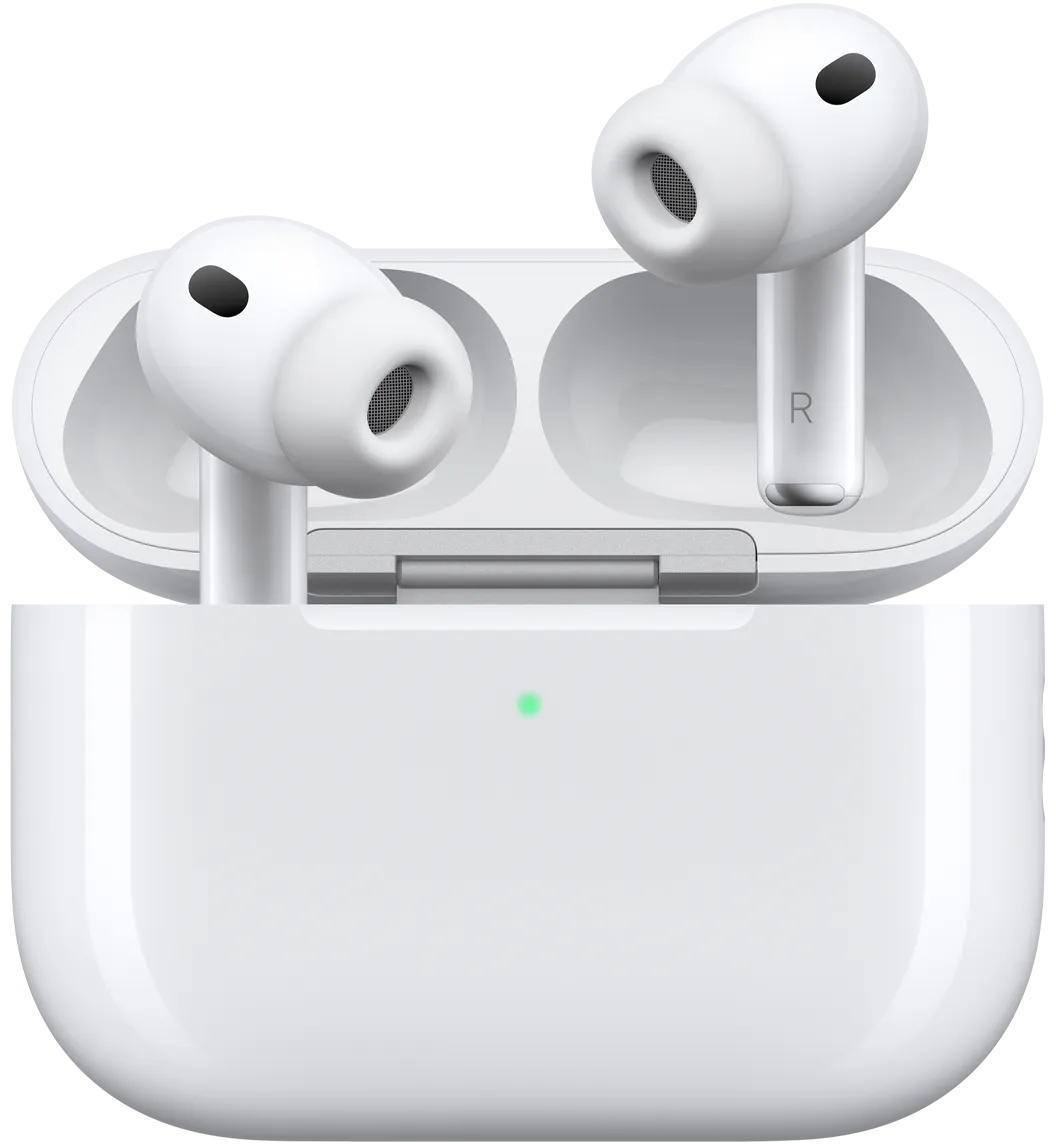


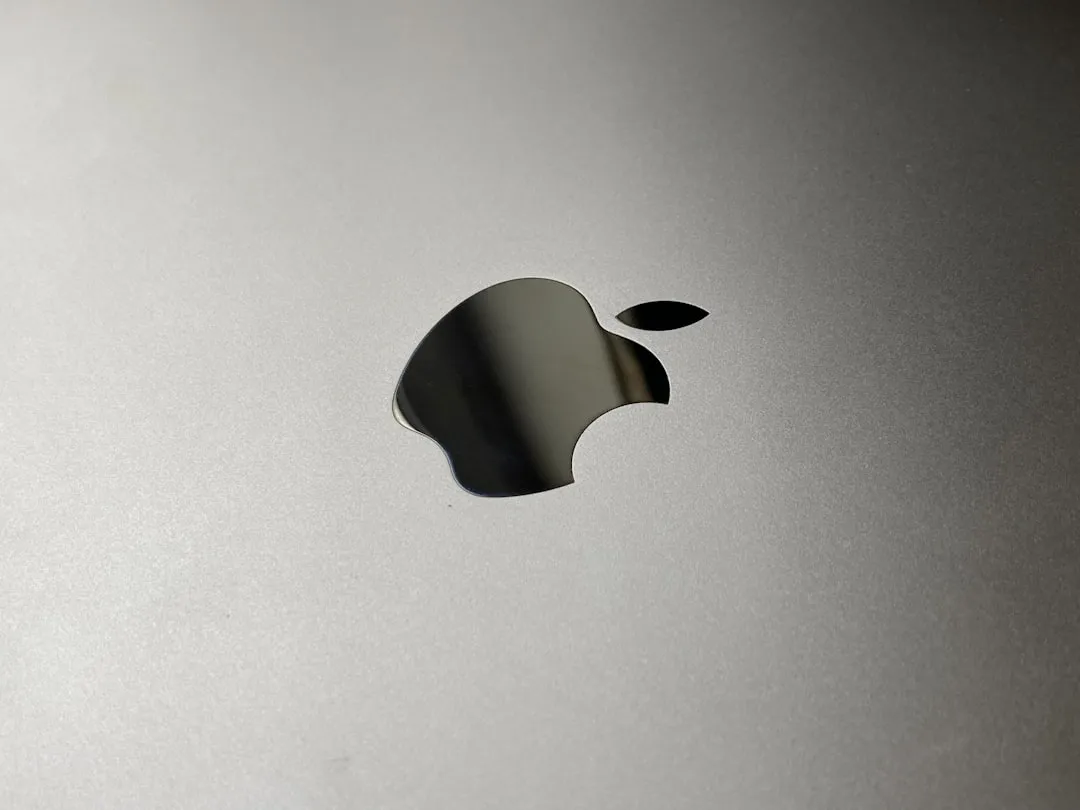
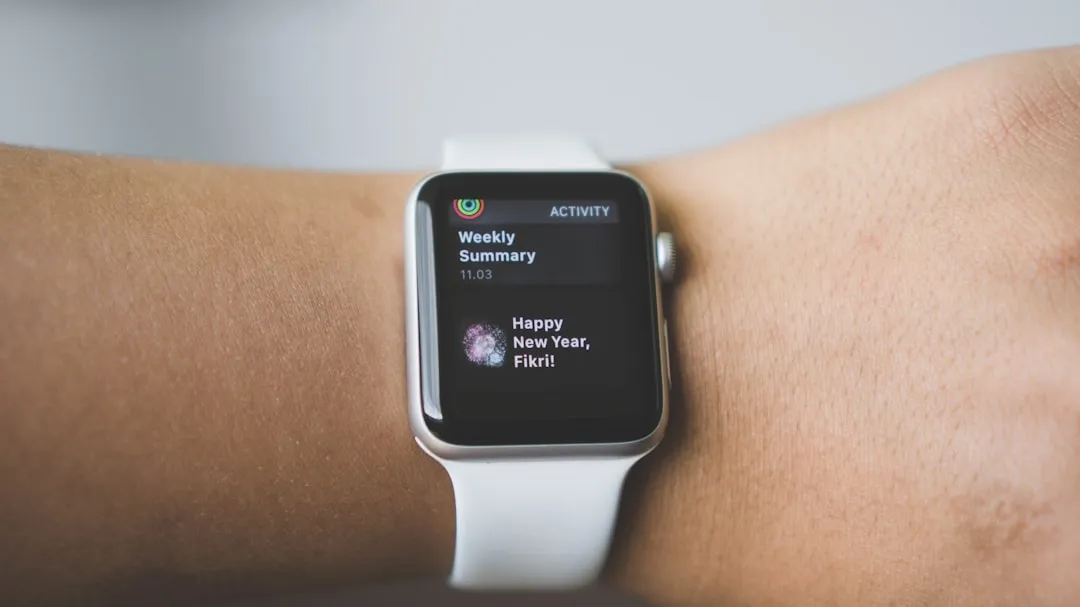
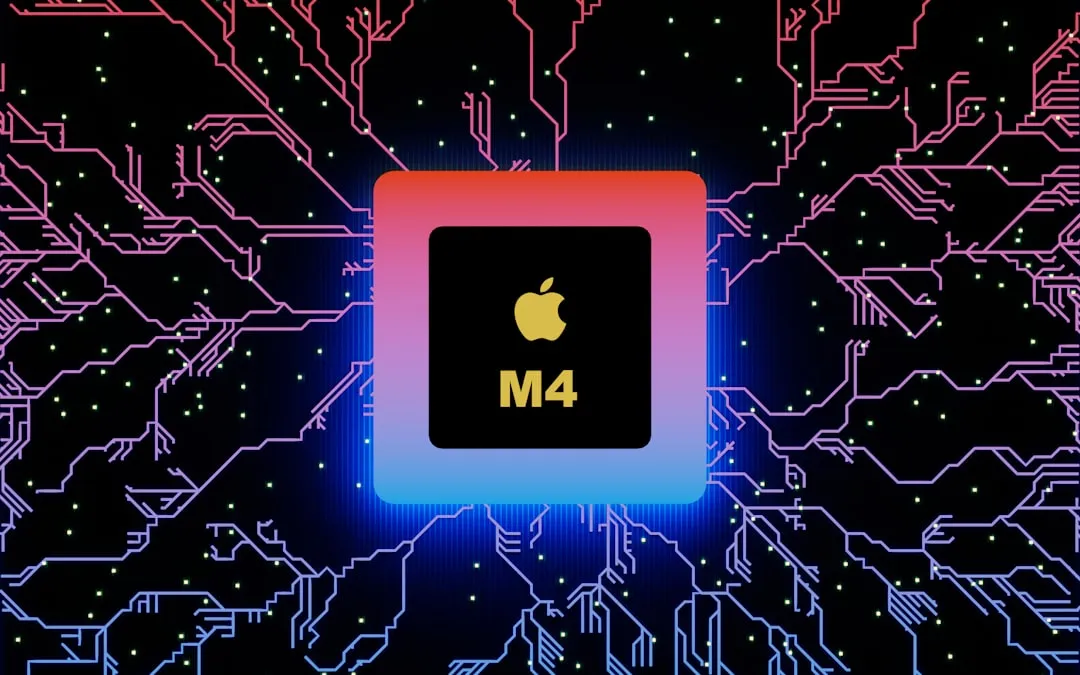




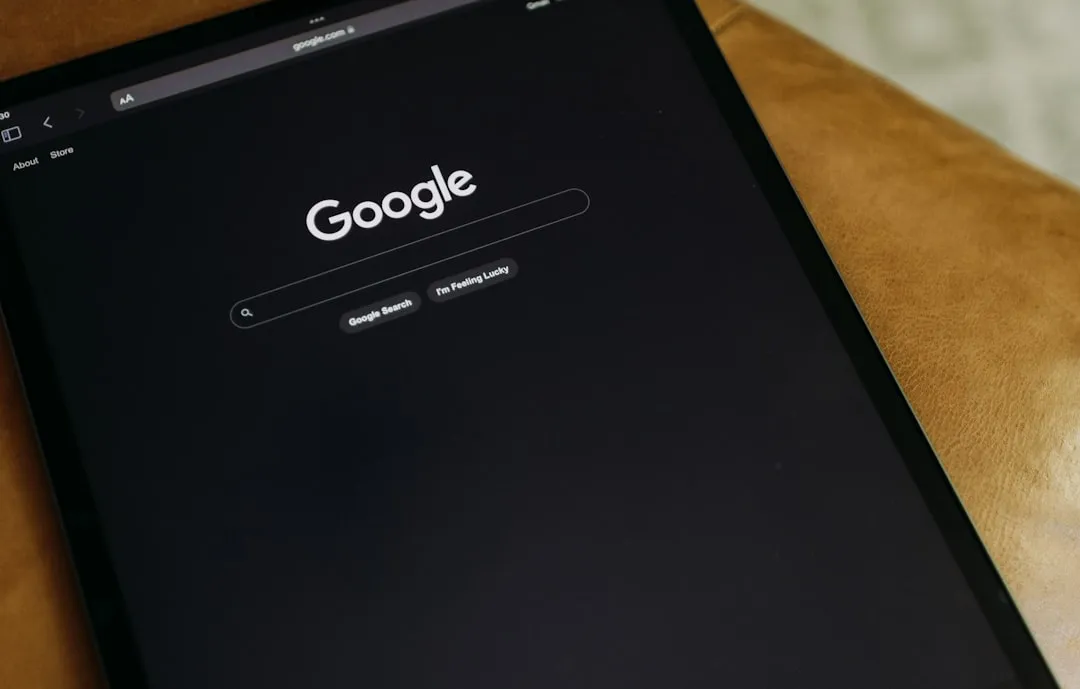

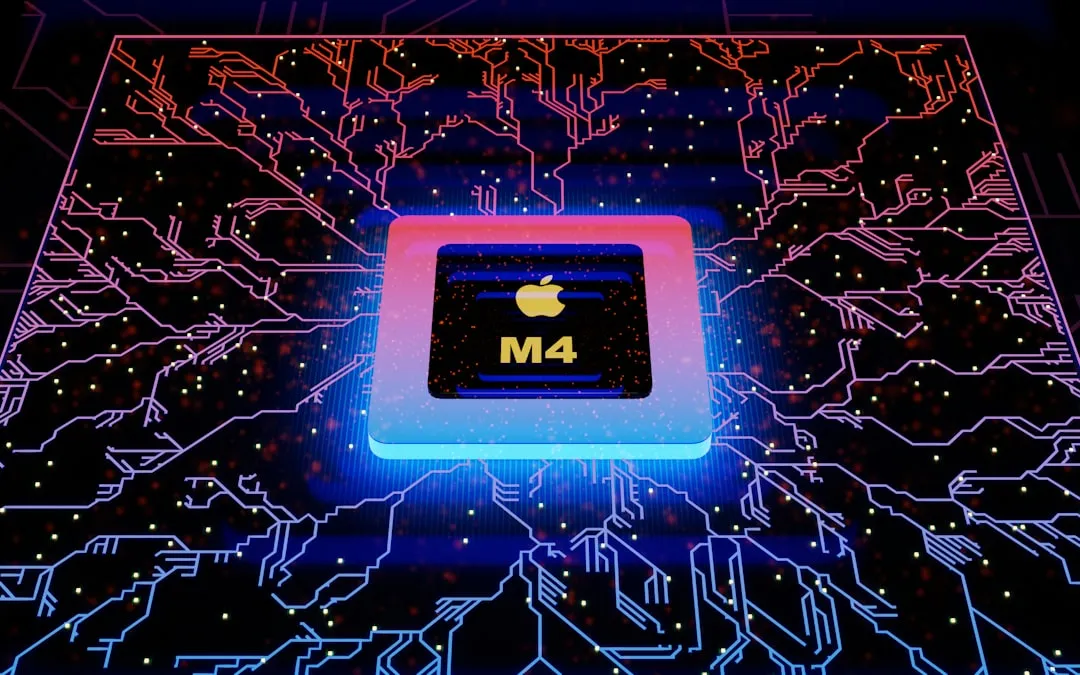


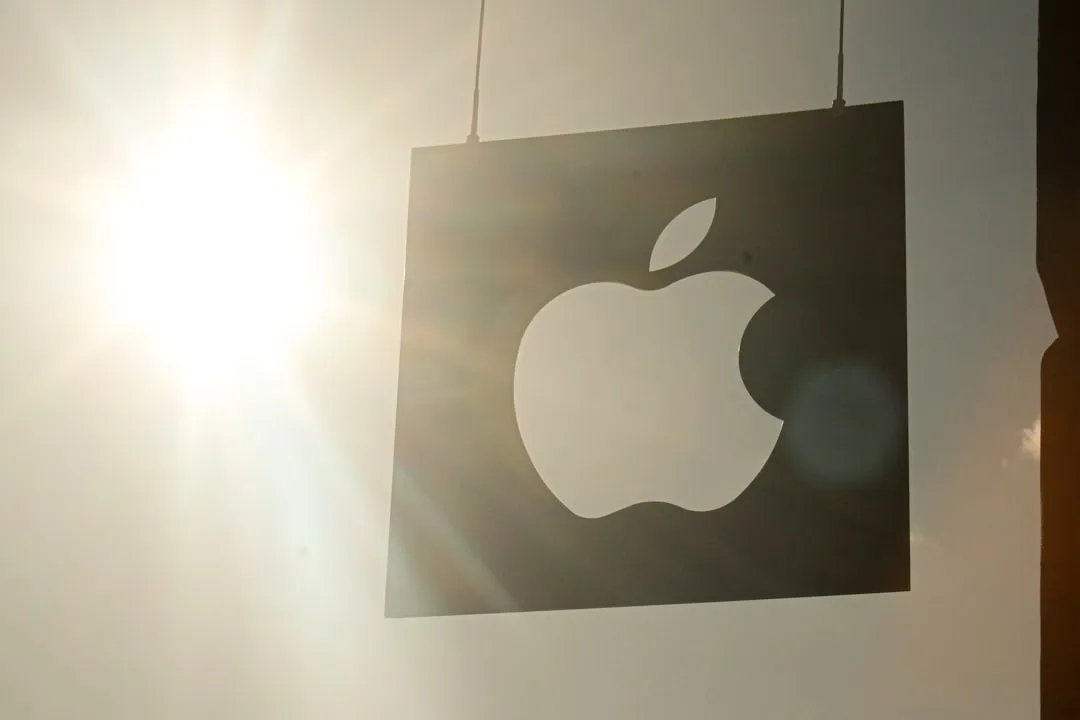
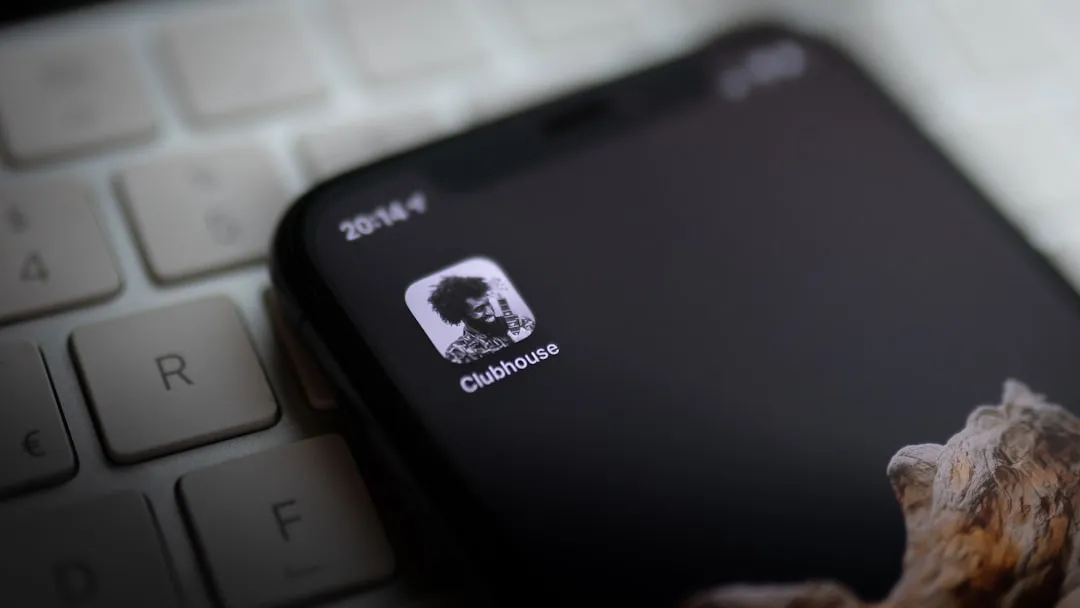
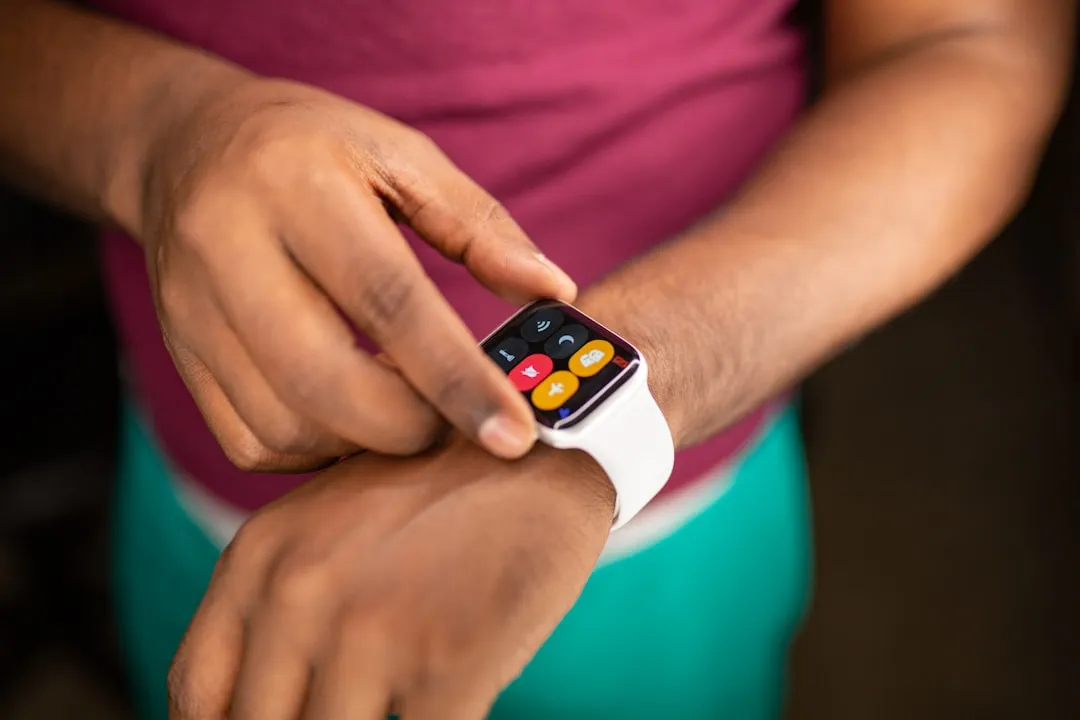
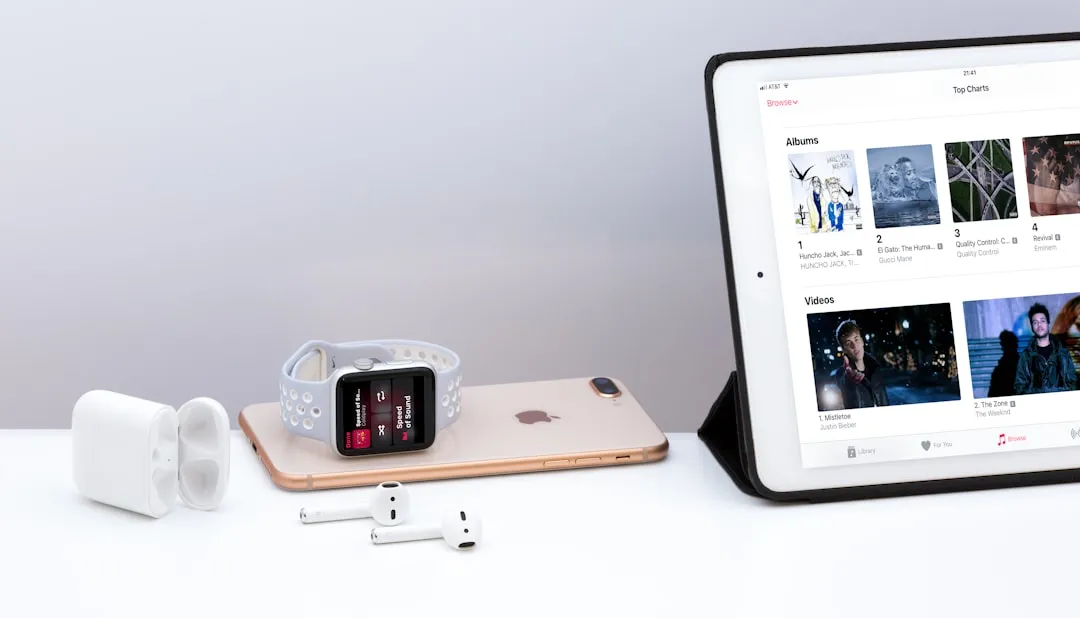
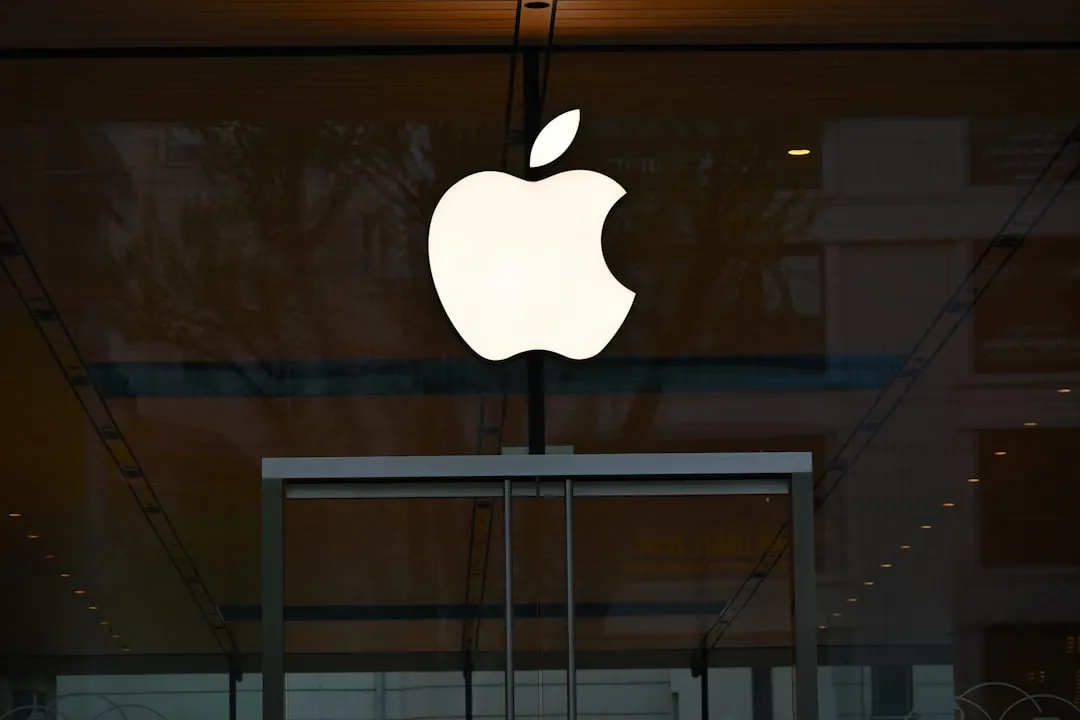

Comments
Be the first, drop a comment!